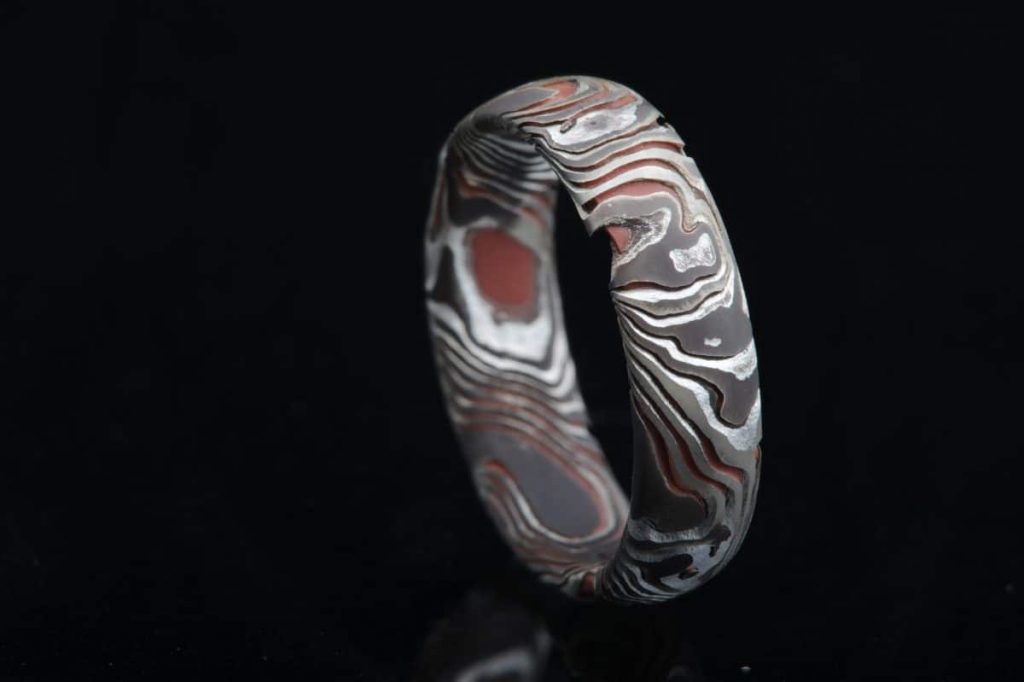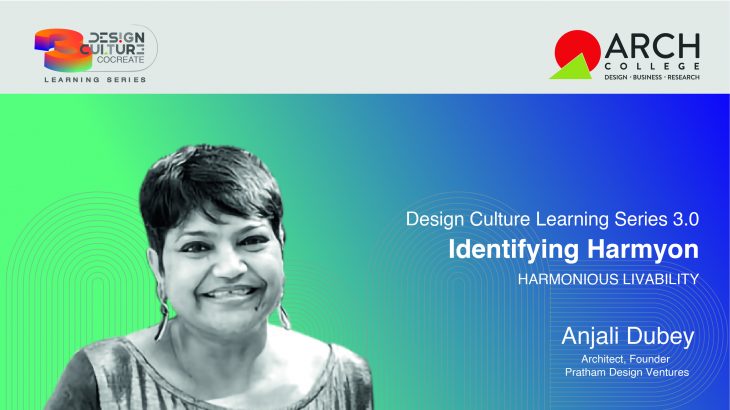Introduction:
The word “harmonious” is derived from two roots: the Greek word “harmonia,” which means “balance and order,” and “oudeis,” meaning “sweet.” This concept of harmonious living has been practiced in many cultures across the globe. And in the session of the Design Culture Learning Series held at ARCH College, Anjali Dubey, architect and founder of Pratham Design Ventures, shared her insights on “Harmonious Livability: Creating a Harmonious Life through Designs.”
This emphasizes the importance of incorporating harmony and balance into various aspects of our lives through design.
The link in design culture should be in all blogs I guess…. And add some pics in each subject such as Jewelry etc….
Harmonious Living through Religious Practices:
Designing our surroundings with intention can greatly impact our overall well-being. Whether it’s the arrangement of furniture in our homes or the layout of a community space. One example of this is the practice of observing the rules of Nirjalaya Ekadashi. This ancient Hindu practice is observed on the 11th day of both the waxing and waning moon fortnights. This practice not only promotes spiritual growth but also fosters a sense of harmony and balance in one’s life. The concept of harmonious living extends beyond religious practices. It encompasses creating a balance between modernity and spirituality, as well as other aspects of life.

The Essence of Harmonious Product Design: or Product Design for a Harmonious Life:
Product design is a dynamic process that involves ideation, creation, and iteration. In the pursuit of a harmonious life, it plays a crucial role. The Sanskrit words Bhagadyam, Sukhadarshan, and Ramya encapsulate the essence of this concept. The relationship between these attributes and emotions is moderated by our adherence to them. This highlights the importance of considering not just functionality but also the emotional experience when designing products. Bhagadyam refers to the ability of a product to bring good fortune and positive energy into our lives. Sukhadarshan emphasizes the importance of creating products that bring happiness and joy to their users. And Ramya signifies the beauty and elegance that can be achieved through thoughtful design. Incorporating these principles into the product design process ensures that the final outcome not only meets user needs but also enhances their overall well-being.

Expressing Beauty and Individuality through Jewelry Design: or The Artistry of Jewelry Design:
Imagine a harmonious life where every aspect is infused with the beauty of jewelry design. Picture yourself wearing a stunning silver ring adorned with delicate flower details, crafted with love and care. The intricate design reflects the beauty of nature and adds a touch of elegance to everyday attire. The ring, made from earthen materials like silver and copper, resonates with the earthy tones and brings a sense of grounding and connection to the natural world. And if you want to add a touch of color and vibrancy to your ensemble, why not accessorize with peacock feather earrings? Earrings, with their colorful feathers and unique design, are sure to make a statement and brighten up any outfit. Embracing the artistry of jewelry design allows us to not only enhance our appearance but also express our individuality and appreciation for beauty in all its forms.

Fashion Design and a Sustainable Livability Context: or Fashion Design for Sustainable Living:
In today’s world, sustainable and eco-friendly fashion designs are gaining significant popularity. Fabrics such as Khadi, linen, and jute offer unique aesthetic appeal while positively impacting the environment. Khadi, known for its hand-woven texture and breathability, is being incorporated into modern fashion designs, adding a touch of tradition to contemporary clothing. Linen, on the other hand, is a lightweight fabric that offers excellent moisture absorption and breathability, making it perfect for summer wear. Jute, with its natural golden hue and versatility, is being used in various fashion accessories like bags and shoes. Integrating these sustainable fabrics into fashion design can create a harmonious livability context that promotes environmentally conscious choices while maintaining a stylish and trendy appearance.

Interior Design for Harmony and Tranquility:
Finding harmony and tranquility in living spaces has become increasingly important. One way to achieve this is by incorporating elements of color psychology and traditional Indian design, such as Jali and Gokhda, in modern ways. Jali, with its intricate patterns and delicate craftsmanship, not only adds a touch of elegance and beauty to a room but also acts as a divider, creating separate zones while maintaining an open and airy feel. Similarly, Gokhda, a traditional Indian seating arrangement, can be reimagined in a modern way to create a cozy and intimate space for relaxation and conversation. Blending traditional elements with contemporary design brings warmth and cultural richness to our homes, reducing stress and promoting positive emotional energy.

Conclusion:
When designing products, it’s important to consider both functionality and emotional experience when creating products that are harmonious. The simple act of picking up an object and touching it can trigger memories of past experiences. Similarly, the colors and designs of your home can evoke feelings of nostalgia and childhood. The design has the potential to bring about profound and positive change in people’s lives. By integrating these principles into the product design process, it can create a more harmonious and sustainable life.
